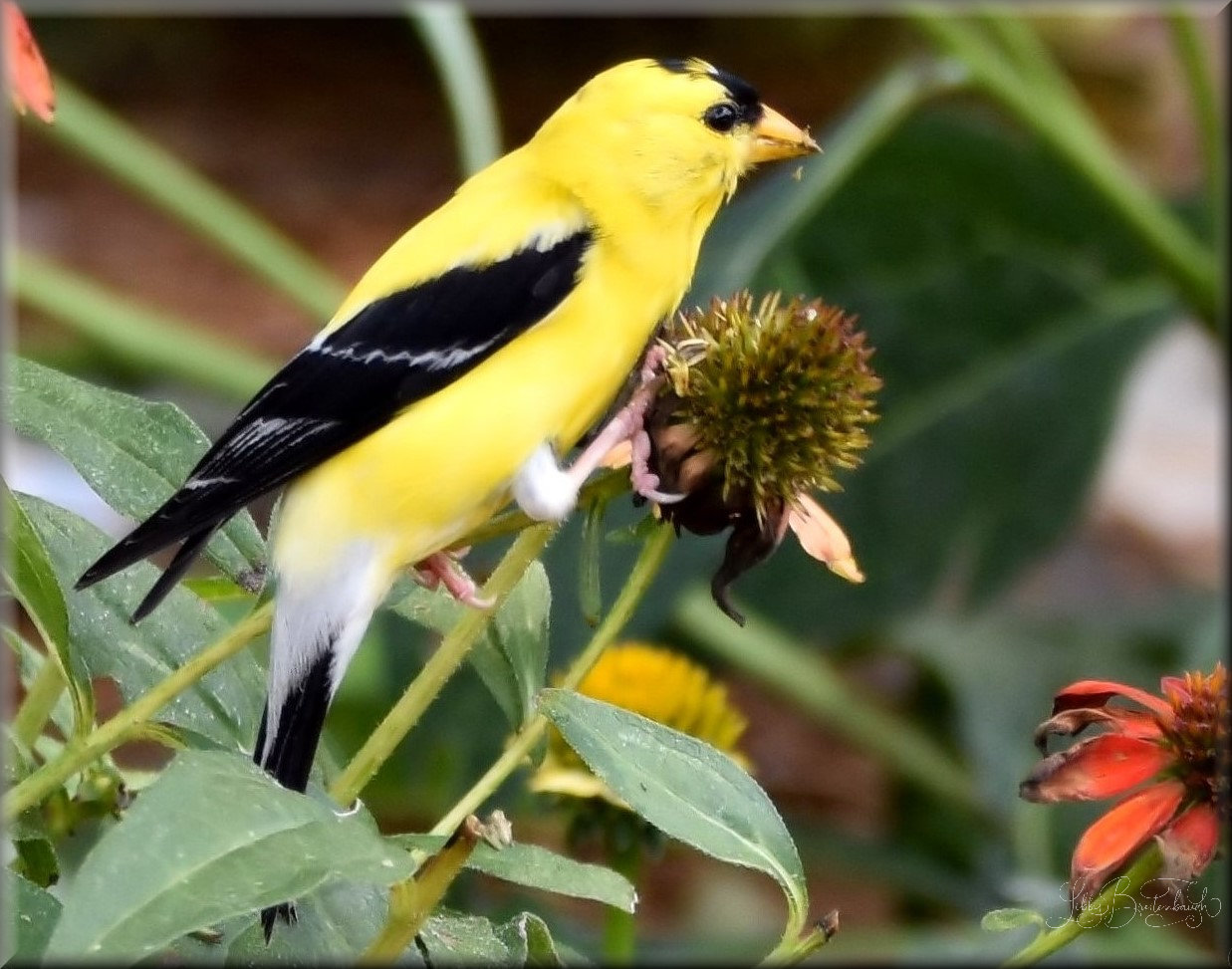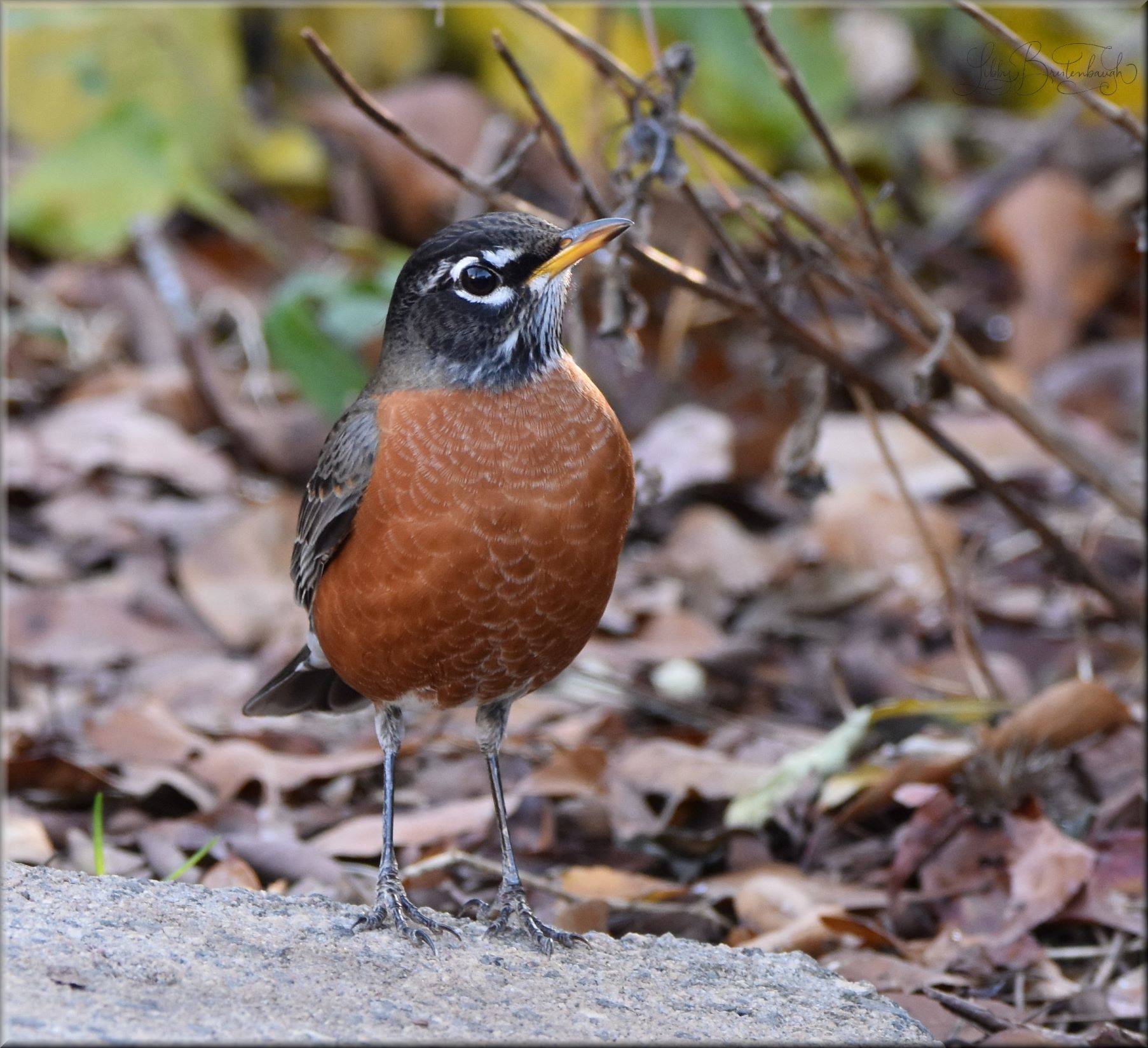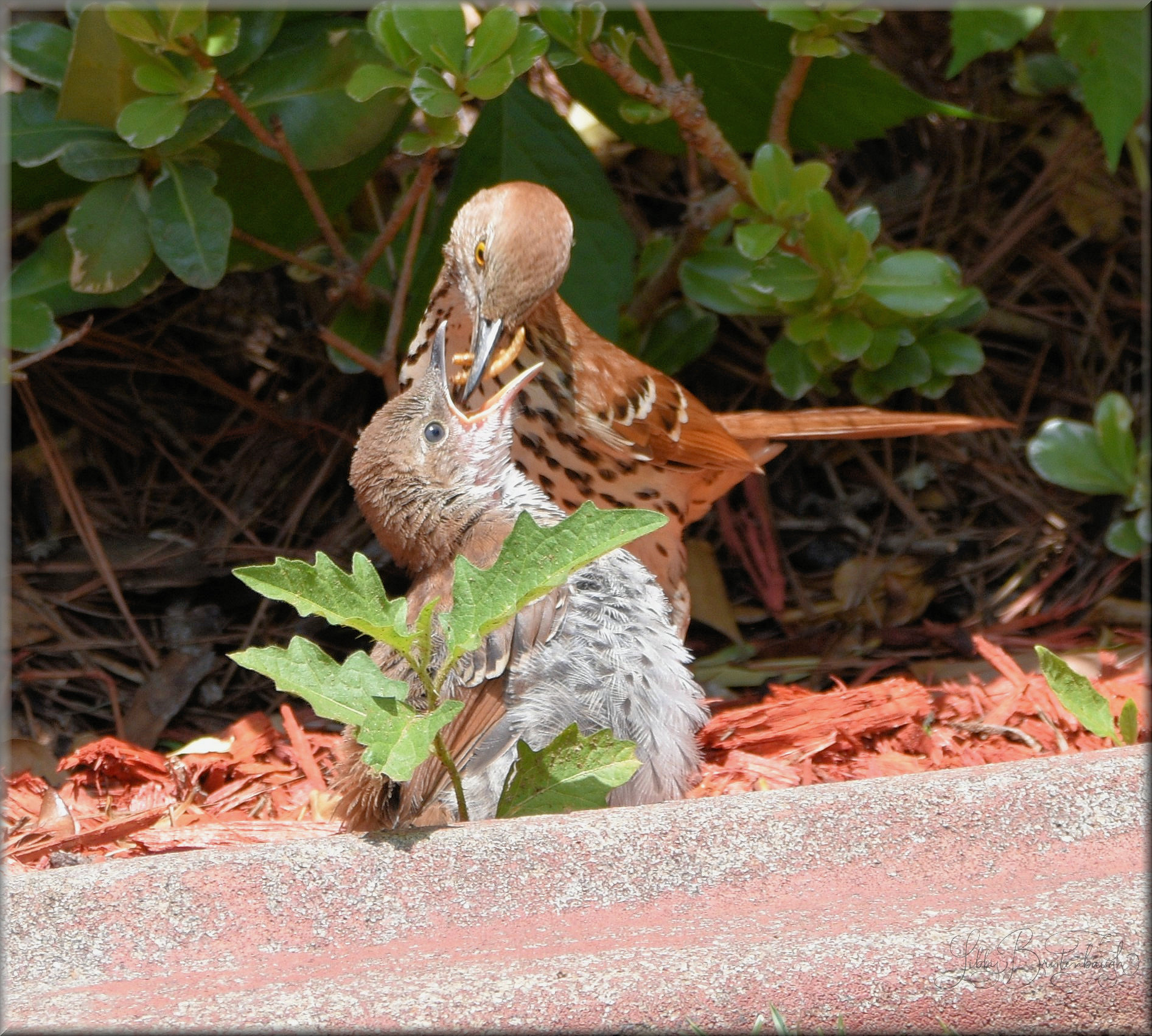You Can Make A Difference
GARDEN FOR WILDLIFE – TURN YOUR YARD OR GARDEN INTO A WILDLIFE HABITAT
“Build It and They Will Come”
A Wildlife Habitat should provide:
FOOD-
WATER-
COVER / SHELTER-
PLACE TO REPRODUCE AND RAISE YOUNG –
Certify your Wildlife Habitat: Consider certifying your backyard habitat. In South Carolina – South Carolina Wildlife Federation (scwf.org) – or the National Wildlife Federation (nwf.org) Certification provides recognition for your efforts and helps to promote the importance of backyard habitats.

FOOD:
Native plants provide food and shelter for local wildlife. Plant a variety of native plants – trees, shrubs and flowers – to offer food in the form of seeds, berries, nuts, and nectar. Native plants are adapted to the local climate and soil conditions, making them easier to care for than non-native plants. Birds enjoy eating seeds from dried flower heads, including coneflower, sunflower, daisies, zinnias, and more. Therefore, allow some of your fading flowers to stay and go to seed in the garden. Allow areas to go un-mowed, since native grass and “weed” provide flowers and then a lot of valuable seed thereafter.

WATER:
A water source is an essential element for any wildlife habitat. Animals need clean water sources to bathe and have drinking water. A simple bird bath is a great start. Birds require clean water, so change it every 2-3 days, this also prevents mosquitoes.

SHELTER:
Wildlife needs a place to hide from predators and harsh weather. You can create shelter by planting dense shrubs or installing a birdhouse or bat box. Plant shrubs and grasses in dense clumps. This provides protective habitat for more vulnerable species. Choose plants that provide shelter for birds and other animals. Nectar giving shrubs are a favorite of honeyeaters and other small birds and many provide protection from predators. Evergreen trees and shrubs provide shelter for wildlife year-round.

PLACE TO RAISE YOUNG:
Add Birdhouses. Install nesting boxes, also called “birdhouses,” to offer cavity-nesting species a place to raise young. Boxes should have the right size entry hole and dimensions for the species you are trying to attract, as well as ventilation holes near the top and drainage holes on bottom. Build a brush pile, plant shrubs and hedges.

CHEMICAL FREE / MAINENANCE
Pesticides and Insecticides can harm wildlife and disrupt the natural balance of your backyard habitat. Instead, try using natural pest control methods like companion planting or handpicking pests. Don’t spray insecticides. Insects are the primary source of food for most bird species and are a critical source of protein and fats for their babies. ‘Leave the leaves' in your yard and garden, they form a natural mulch. Keep your bird feeders and bird baths clean to prevent the spread of diseases.